Wheelgun Wednesday: Time Capsule Smith & Wesson M1917

Welcome back to another edition of Wheelgun Wednesday. This week, I wanted to take a look at one of the newer additions to my collection. I recently came across an interesting Smith & Wesson M1917 revolver chambered in 45 ACP. There are some interesting pieces of this gun and this is one of those firearms where I wish it could talk to me and tell me everything it's been through. Let's take a closer look at my time capsule Smith & Wesson M1917.
Picking Up The Smith & Wesson M1917
Some of you may have heard of Bachelder Master GunMaker, which was located in Grand Rapids, MI. Bachelders rose to fame working on high-end double-barreled shotguns as well as being a custom 1911 builder back in the day. Sadly, they had family health issues and ultimately had to close down. They were doing a final day sale where they posted they wanted to sell as much as possible and negotiations were acceptable. I decided to go and when I arrived, there were people lined up around the building. When I finally got up to the counter, I saw this US Property marked Smith & Wesson 1917 that appears to be a former US ARMY service pistol. I saw the pistol on the second shelf in the back corner behind a nice Model 10 and a Taurus Raging Bull.
Bachelders had the M1917 pistol for sale $1,899.99, which isn't a crazy price for one of these, but with no documentation or accessories, it was just too high for me, but they were accepting offers. After talking to him for about 45 minutes, I hit him with my offer of $800. We went back and forth for a few more minutes and the final price landed on $1,050.00, which I was happy with. The 1917 requires moon clips to work with the 45 ACP rounds and I only received one moon clip with my model. Everything on the revolver is US Property marked and for the age of this revolver, it's actually in fairly good shape with a good amount of bluing still left on the frame and barrel.
Range Time
Shooting the 1917 was stressful to say the least at first. I checked the timing as well as the lock up and both felt great. With revolvers that are 100+ years though, it can always be a gamble to fire the revolver, but thankfully, the first six rounds were flawless, so I shot a few more cylinders through it to get a good view of how this pistol shoots. In total, I shot right around 100 rounds through this 1917, but didn't want to abuse this classic since it's not a modern production revolver and fairly rare in the collector world. The overall design of the 1917 is solid, but certain features seem rudimentary. One of the toughest parts of using the 1917 is the built-in sights. This style of sights are pretty common on J-Frame Smith & Wesson revolvers.
The front sight blade on my M1917 is huge with a shallow notch in the rear sight, making my sights hit high. The hammer profile is shallower than modern revolvers, which shows how great revolvers are made now compared to how they were produced 100+ years ago. The moon clips make reloads much easier and at the turn of the century, this was probably a fairly significant advancement in revolver technology. Being able to fire without pulling the hammer back for every shot wasn't a new concept at that time period, but having an N-frame revolver allowed for a heavy-duty revolver that could be fired indefinitely without worrying about cracking or the frame failing on the battlefield. The double-action trigger was heavy but usable with a 12-pound pull. The single-action trigger pull is 5.5 lbs.
Military Versus Commercial
One of the most confusing parts of figuring out what type of 1917 you have is between the military version and the version that was commercially available to the public at the time. The easiest way is to see the US Property marks. Other clues are the type of the grip. Military 1917s had smooth walnut grips with a standard blued finish and hard case treated trigger and hammer, whereas the commercial version had better grade checkered grips with a higher grade bluing and finishes on both the trigger and hammer.
The commercial version also did not have a lanyard loop, whereas the military version always came with the lanyard loop. The M1917 was originally a supplemental revolver for the military since the M1911 was well-received but couldn't be made fast enough. Later on, criminals like John Dillinger used them for their stopping power as well as their availability on the market.
Overall Thoughts
The existence of the M1917 and how both Smith & Wesson and Colt made variants to help arm troops during the First World War is a fascinating story on its own. I was incredibly excited to be able to purchase one in good shape. These pistols aren't super common, but they played a vital role in WW1 to allow secondary soldiers or machine gunners a sidearm when they needed it most. And it continued during Prohibition as well into the Second World War.
Do you guys own a Smith & Wesson 1917? Let me know in the comments below. If you have questions about 1917 or firearms in general, feel free to shoot me a message on Instagram @fridgeoperator. Stay safe out there and we will see you next week for another edition of Wheelgun Wednesday.

I'm an avid shooter and love educating whether it's at my job or in the shooting community. I'm an average joe that really loves talking with other people about firearms and other passions.I'm active on Instagram on @fridgeoperator.
More by Matt E










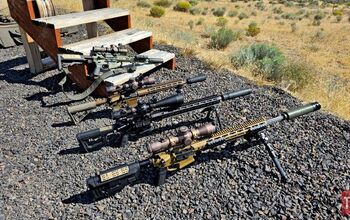
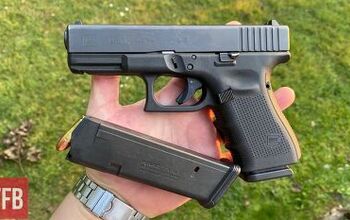
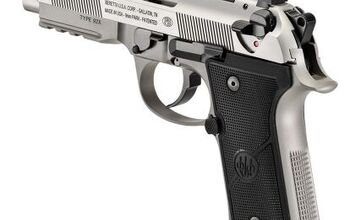
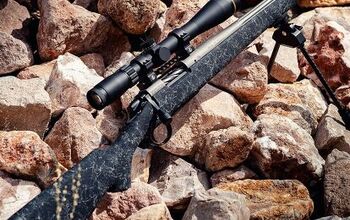

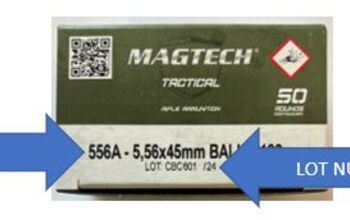
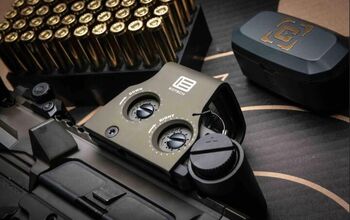
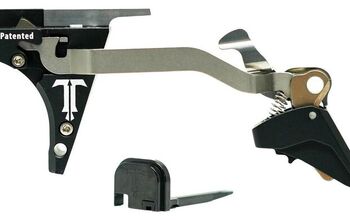

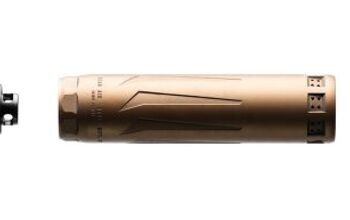

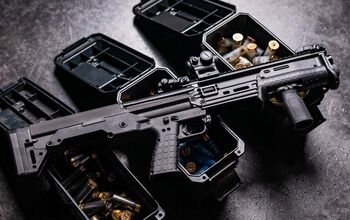


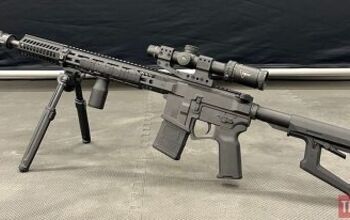
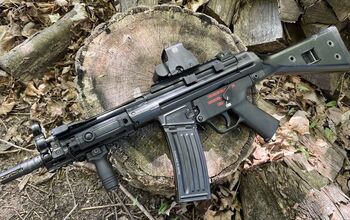
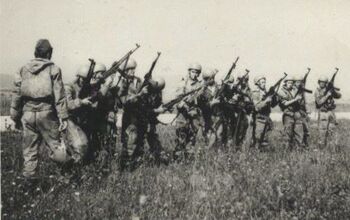
Comments
Join the conversation
I have the final iteration of the Model 1917, the 1955 Target. It has the standard (for the time) Target Trigger, Hammer and Grips as well as a heavier ribbed 6 1/2 inch barrel. Made sometime in the early 1970's the action is smooth as glass and it is very accurate.
I've had two over the years. Both were well-used and in relatively poor condition when they were purchased. The first was out of time, and I found another complete cylinder and hand that I fit to the gun. It worked great after that, but was very cosmetically-challenged. I sent it to S&W and they blued it for me. It looked great afterward. The second was less of a mechanical issue, and cleaned up nicely with a minimum of work. It was also blued by S&W. Unfortunately, both ultimately got traded away for something else I was trying to add to the collection. This was in the 1990s. It would not happen today.